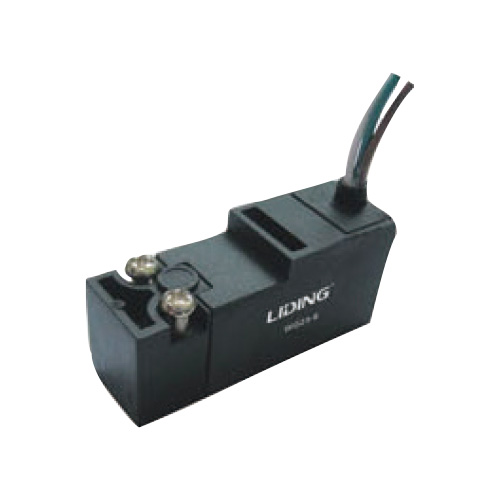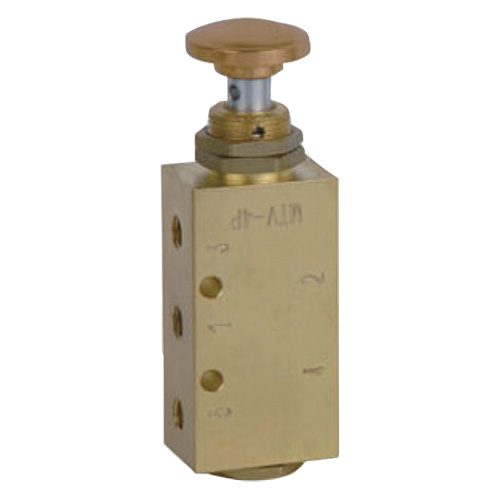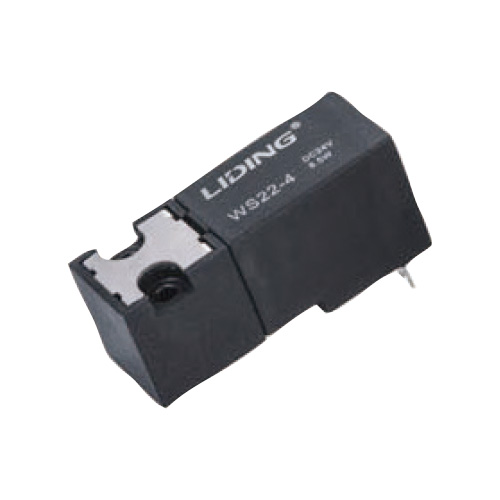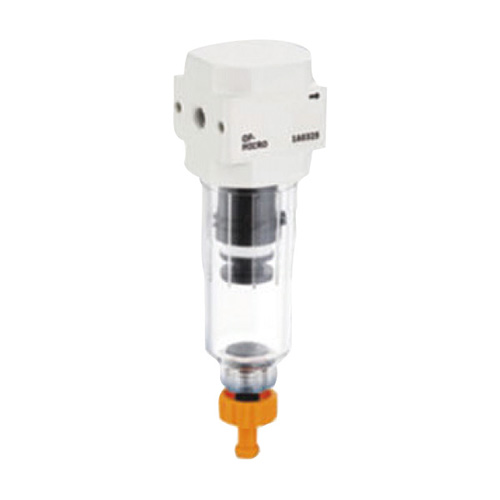Knowledge of air control valve
The basic differences between check and non-return air […]
The basic differences between check and non-return air control valves are discussed here. ACVs are available in sizes ranging from 3/4" to 12". They are also available in several configurations including threaded NPT or flanged 150-class ACVs. Bug screens are used to prevent bugs from entering during vacuum conditions, while the flanged versions have threaded side outlets. ACVs are manufactured from various materials, including stainless steel or iron. The composite material used in these valves is also lightweight and corrosion resistant.
Variations
There are various types of air control valves available. The most common type is a ball valve, whose name comes from its spherical shape and two halves separated by an internal baffle. They are commonly used for top-flow applications, throttling, and frequent operation. This type of valve is always reverse seated. The main difference between a ball valve and a sequence valve is their functionality.
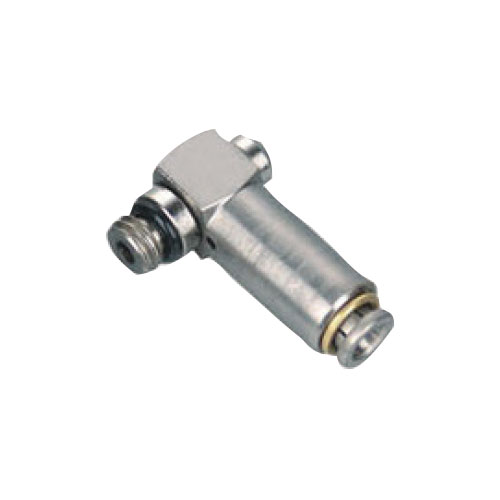
Flow-regulating air valves control the direction, intensity, and pressure of a fluid under pressure. They are commonly used in pneumatic circuits to control the rate and direction of flow. In addition, they are safety devices that provide interlock and fail-safety functions. Variations of air control valves are a standard part of many everyday machines. Their functions include stopping and starting flow, throttling, and non-return check.
Flow control options
There are several types of air control valves. The most common are needle valves and globe valves. Both have advantages and disadvantages. Needles are cheaper but offer the same benefits - they have tight shut-off and extended service life. The downside is that they do not have the same open-and-close speeds and they cannot be used in high-pressure applications. Diaphragm valves are also cheaper but offer limited performance and do not have an adjustable face-to-face size. They are best used in calibration applications.
Flow control options for air control valves include the disk, rotary, and sequence valves. These devices use a circular or angular shaft to regulate flow through a valve. In sanitary applications, disk valves are not recommended, but they are a low-cost alternative to other types of air control valves. Another option is the pressure control valve, which is a computerized valve.
Maintenance
Regular maintenance is critical to Stainless Steel Mini Pneumatic Cylinder Factory ensure that air control valves continue to function effectively. Fortunately, there are several ways to accomplish this. The first and most cost-effective method is through preventative maintenance. Performing preventative maintenance (PM) on valves will ensure that they are in good condition and are free from problems. This is often done by evaluating them at specific frequencies. Sometimes, troublesome valves are pulled for evaluation and testing.
Other common forms of valve maintenance include predictive and preventative approaches. These approaches vary by type of valve and system. Both preventative and predictive methods are effective. Understanding the way a valve works is essential to devising a maintenance program based on its specific needs. If not, it can lead to an undetected problem and significant downtime. This can impact your business's bottom line. Performing preventative maintenance can improve the overall performance and safety of the valve system, while reducing the cost of materials and energy.
Non-return or check valves
A check valve is a type of valve that restricts the flow of a fluid. Its design prevents reverse flow by preventing the disc from lifting up from the seat. To prevent reverse flow, the weight of the disc is set to swing back into place. This type of valve closes quickly and prevents damage to surrounding materials. Its high flow resistance and low pressure drop makes it an excellent choice for high-flow systems.
The materials used for non-return or check valves are often corrosion-resistant and flexible. PVC and CVC have the same properties and are used in a wide range of applications. Cast iron and bronze are also corrosion-resistant and can withstand high temperatures. These materials are also used in low-pressure applications. Brass and bronze are more affordable alternatives, and both are corrosion-resistant. Cast iron is also corrosion-resistant and can be molded into complex configurations.
Idle air control valves
Idle air control valves or IACs are engine components that control the engine's idling rotation speed. These parts are also commonly found in carburetted vehicles. They are responsible for ensuring that the engine starts and stops properly when the car is off. A common type of IAC is the idle speed control actuator. A fuel injected vehicle is most likely to have an IAC. Carburetted vehicles typically have idle speed control valves.
These valves are located next to the intake manifold in the throttle body. Since they're relatively simple to access, they're also easy to maintain and replace. Make sure you follow manufacturer recommendations and read reviews about the product before you buy it. If you have a question, do not hesitate to contact the manufacturer or dealer. They will help you decide what idle air control valves will best fit your needs. When determining which idle air control valve to buy, take note of the following:


